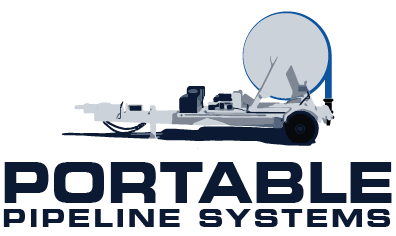Wastewater is essentially “used” water. It includes substances such as human waste, food scraps, oils, soaps, and chemicals. It comes from homes, businesses, and industries everywhere.
If wastewater is not properly treated, then the effect on the environment and human health can be disastrous. Without treatment, fish and wildlife populations would suffer, oxygen would deplete to dangerous levels, beaches would have to close and there would be massive restrictions on recreational water use or even drinking water use.
Wastewater Is A Vital Part Of Our Society And It Needs To Be Treated
Our water is used by homes, industries, and businesses, but it must be treated before it is released back into the environment.
While nature has an amazing ability to treat small amounts of water waste and pollution, it simply cannot treat the billions of gallons of wastewater and sewage produced every day by humans.
The goal is to remove as much of the suspended solids as possible before the remaining water is sent back to the environment.
Wastewater Treatment Methods And Technologies Which Are In Use Today
Decentralized Systems
This is a fancy way of referring to a septic system or a small community cluster.
Instead of collecting and transporting the wastewater to a nearby plant, a decentralized wastewater system treats sewage from homes and businesses near the source where wastewater is generated.
These systems play a major role in wastewater treatment in small communities across the country. A variety of decentralized technologies exist, ranging from individual septic systems to cluster systems that serve multiple properties. There are even advanced treatment systems that remove many of the pollutants harmful to humans and the environment in general.
Decentralized systems provide an effective, low-cost alternative to a centralized system – especially in a scenario where a centralized system may be impractical because of distance, terrain, or other factors.
Centralized Systems
Centralized systems are public sewer systems. You know those drains you see on the road? More than likely, those are sewer systems.
Sewers collect municipal wastewater from homes, businesses, and industries and deliver it to a treatment plant for processing. Once treated, the water is either reused or it is discharged back into the surface or groundwater.
There are many different types of centralized plants each with its own purpose and method of treating wastewater:
Sewage Treatment Plants
Treats wastewater from homes, businesses, or even pretreated wastewater from industrial use. This wastewater treatment aims to remove contaminants from sewage to produce an “effluent” that is suitable for discharge to the surrounding environment or an intended reuse application.
Industrial Wastewater Treatment Plants
After treatment, the treated industrial wastewater (or effluent) may be reused or released to a sanitary sewer or to surface water in the environment. Most industrial processes, such as petroleum refineries, chemical, and petrochemical plants treat their wastewaters so that it complies with the regulations regarding the disposal of wastewaters into sewers or into rivers, lakes, or oceans.
Leachate Treatment Plants
These plants are used to treat leachate from landfills. Treatment options include biological treatment, mechanical treatment by ultrafiltration, treatment with active carbon filters, or electrochemical treatment.
Be Safe – Think Ahead
At PPS, we value preparation, trust, and integrity with our clients. We provide systems and solutions, not price-only products. Though we do not claim to have every solution for every disaster, we encourage clients to be open about their solutions and include all possible vendors. When in a disaster situation, a city, county, state, or government needs to consider all options.
As such, we guide our clients to prepare in advance for the worst, be it an earthquake, flood, fires, or just an aging infrastructure utilizing a lay flat hose.

